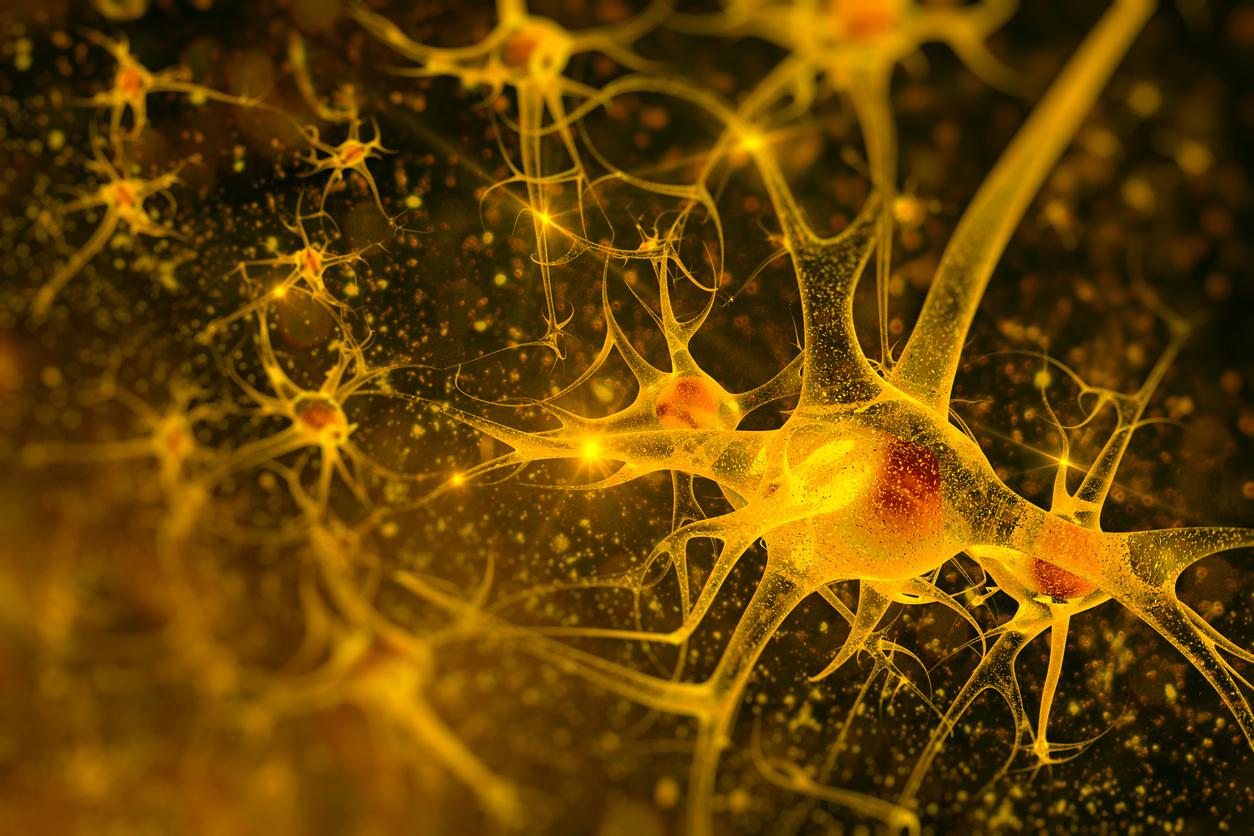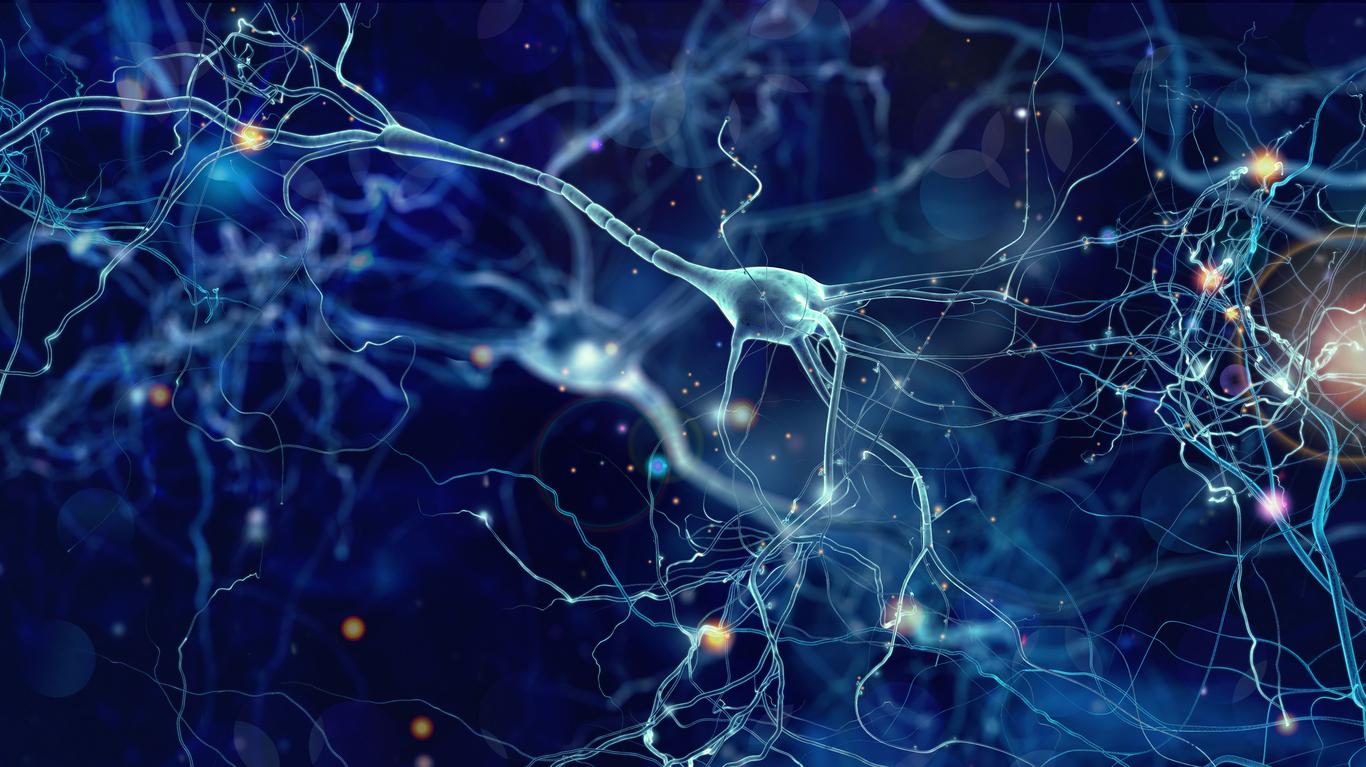Australian researchers have discovered that in obese or diabetic patients, neurons become trapped in a dense, glue-like substance, affecting their ability to control weight and hunger.

- In metabolic diseases, the extracellular matrix surrounding cells of the arcuate nucleus of the hypothalamus increases and is remodeled, leading to insulin resistance and metabolic dysfunction.
- Disrupting neurofibrosis in obese mice, either enzymatically or with small molecules, improves insulin access to the brain, reversing neuronal insulin resistance and improving metabolic health.
- Neurofibrosis inhibitors “open a new therapeutic avenue by targeting new pathological mechanisms and addressing aspects of the disease that were previously untreatable.”
“Metabolic diseases, such as obesity and type 2 diabetes, are marked by insulin resistance. Cells in the arcuate nucleus of the hypothalamus, which play a crucial role in regulating metabolism, become insulin resistant during the progression of metabolic disease, which can lead to organ damage and heart problems. However, the mechanisms are not fully understood.” This is what scientists from the University of Melbourne (Australia) wrote in a study published in the journal Nature.
Obesity, diabetes: “fibrosis is generally irreversible”
In this research, they investigated the role of the extracellular matrix (ECM), a dense, glue-like substance that surrounds the cells of the arcuate nucleus of the hypothalamus. It is a complex network of sugars and proteins. The extracellular matrix not only provides structural support, it also plays a critical role in regulating how our cells interact. “In conditions such as obesity and diabetes, we know that the ECM around liver and fat cells becomes thicker and dysfunctional. This process, called fibrosis, is usually irreversible.”
For the purposes of the work, the team examined neural circuits at the cellular and molecular level in obese, insulin-resistant mice, because rodents develop metabolic diseases in a manner remarkably similar to that of humans. They also developed inhibitors of neurofibrosis (i.e., the thickening of the ECM around neurons that control appetite, body weight, and glucose regulation) that target the brain’s extracellular matrix.
Neurofibrosis inhibitors help treat “neuronal insulin resistance”
The results showed that when these neurons are encapsulated in the matrix, it prevents them from functioning properly, affecting their ability to control body weight, hunger and blood sugar levels. According to the authors, neurofibrosis inhibitors could restore insulin signaling and overcome insulin resistance, which improves metabolic health. “They therefore represent a significant advance in the treatment of neuronal insulin resistance, which is essential in metabolic diseases. They open up a new therapeutic avenue by targeting new pathological mechanisms and tackling aspects of the disease that were previously untreatable.”concluded scientists.


















